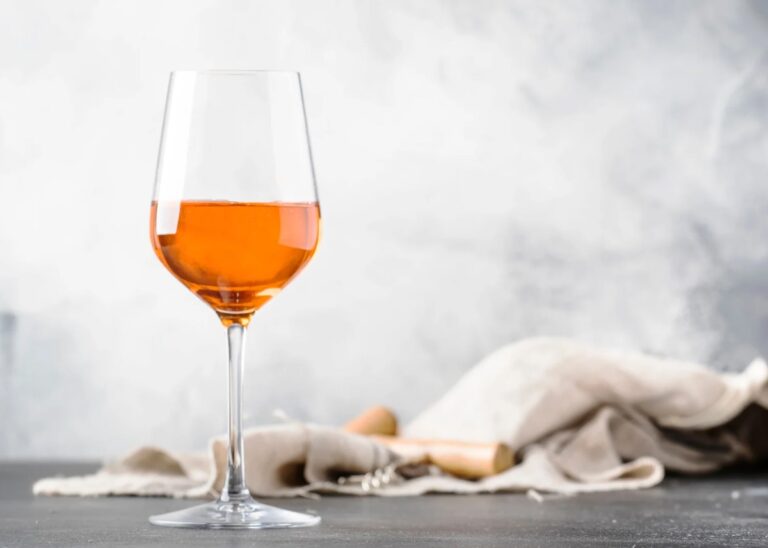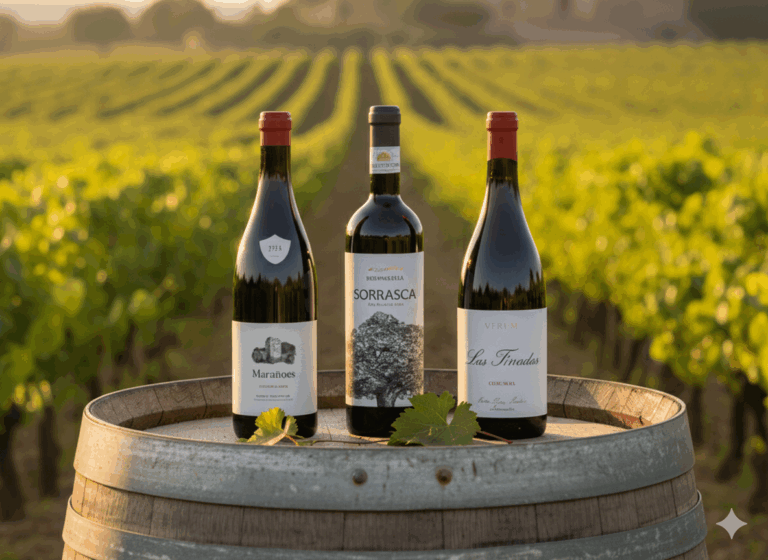[et_pb_section fb_built=”1″ _builder_version=”4.11.1″ _module_preset=”default” global_colors_info=”{}”][et_pb_row _builder_version=”4.11.1″ _module_preset=”default” global_colors_info=”{}”][et_pb_column type=”4_4″ _builder_version=”4.11.1″ _module_preset=”default” global_colors_info=”{}”][et_pb_text _builder_version=”4.11.1″ _module_preset=”default” hover_enabled=”0″ global_colors_info=”{}” sticky_enabled=”0″]Contents:
- Where’s Saint-Estèphe
- The Unique Terroir of Saint-Estèphe
- The Best Saint-Estèphe Wines? Grand Cru Classés
[/et_pb_text][et_pb_video _builder_version=”4.11.1″ _module_preset=”default” width=”75%” width_tablet=”85%” width_phone=”100%” width_last_edited=”on|phone” module_alignment=”center” global_colors_info=”{}” src=”https://youtu.be/tgK_z09XdV4″ hover_enabled=”0″ sticky_enabled=”0″][/et_pb_video][et_pb_text _builder_version=”4.11.1″ _module_preset=”default” hover_enabled=”0″ global_colors_info=”{}” sticky_enabled=”0″]
Transcript:
Is Saint-Estephe wine better than Margaux, Saint-Emilion, Saint Julien, Pauillac, Pomerol and other wine appellations in Bordeaux? What makes it special, even more unique as a wine? What do I think about them as well? Hello and bonjour dear wine enthusiasts, and welcome to your new wine video. Today I want to continue our exploration/review of the best Bordeaux wines and find out which are the best value wines and understand them deeper and better.
And I want to take you to a little village that is very dear to my heart. Fantastic memories from there. And that, of course, makes delicious wines punchy, characterful, refined, ageworthy, the most important things you need to know about Saint-Estephe. Let’s go. Saint-Estephe wine region is located in the Medoc subregion of Bordeaux to the north.
It is the northernmost of the six communal appellations. The six wine villages, if you wish in Medoc. And it takes its name from the commune of Saint-Estephe. That little village. This region is known for producing red wines based on Bordeaux blend, Cabernet Sauvignon and merlot, with some additions of Cabernet franc and petit verdot sometimes.
Where’s Saint- Estèphe
Saint-Estephe the village is situated at the real northern end of the Haut Medoc region, just south of the Medoc, the region lies on the gravelly western shore of the Gironde estuary, the Gironde River.
Therefore, on the left bank, separated from its famed southern neighbor, Pauillac, only by a little stream, little river. With 1229 hectares, that’s 3000 acres give or take, Saint-Estephe accounts for 8% of the vineyards area of the wider Medoc or about 585,000 cases of wine.
The Unique Terroir of Saint- Estèphe
The soil in Saint-Estephe is far less stony, less gravelly than found in the southern part of Haut Medoc. Less sand as well; closer to the Bordeaux city you got a bit more gravels and sand. Instead, you have in Saint-Estephe a heavier clay and limestone base that dominates the area, resulting in some some sort of poorer draining soils, delayed ripening, a bit of a cooler soil there, higher acidity levels in the wines as well.
These factors mean that over the last few decades, many Saint-Estephe winemakers and producers have increased their emphasis on merlot as opposed to Cabernet Sauvignon as it performs better on clay rich soils than Cabernet Sauvignon because wines from here have traditionally been rather austere and a bit tight in your mouth. Merlot has also served to soften up the texture of Saint-Estephe.
The Best Saint-Estèphe Wines? Grand Cru Classés
Saint-Estephe is known for its red wines. There are quite a lot of white wines and roses produced in Bordeaux, not in the appellation of Saint-Estephe. The wines are richly colored, always quite deep, deep flavored as well, and they are known for their longevity. The appellation produces structured, tannic, long lived wines of great finesse, Saint-Estephe has held AOC recognition, the appellation of Saint-Estephe was created in 1936, one of the very first ones to be recognized in France.
Five Classified growth of 1855 five Bordeaux grand cru classés in 1855 are located within the appellation of Saint-Estephe area. These include two second growth, Chateau Cos de’Estournel and I do—if that’s not going to make a mess—I do have a nice wine from Chateau Cos de’Estournel right here, and Chateau Montrose. Both highly regarded estates.
The third growth Chateau Calon-Ségur, fourth growth is Chateau Lafon-Rochet, and fifth growth is Chateau Cos Labory. Many wines here are produced under the cru borgeois designation as well.
Saint-Estèphe’s Place in Bordeaux
And now the whole important question is Saint-Estephe wine better than Margaux Saint Emilion Saint Julien, Pauillac, Pomerol and other wine appellations in Bordeaux? Or in other words, what’s Saint-Estephe’s place in Bordeaux?
What makes it special even more unique as a wine? What do I think about them as well? Let’s go through. Well, if the 1855 classification of the wines of Medoc is anything to go by, Saint-Estephe is not the champion. There is no first growth here, as we’ve talked about, Cos d’Estournel is probably just as good as the Mouton Rothschild and Lafitte or Chateau Margaux, if you ask me.
But Napoleon and his subjects at the time ranked it only as a second growth. Same goes with a chateau Montrose the second second growth of Saint-Estephe and the other star winery there, Pauillac and Margaux have many more classified grand crus than Saint-Estephe overall, but that’s based on the quality of wines 170 years ago or so. What about today?
Well, as we said earlier, Saint-Estephe wines are grown from soils that have a little more clay and limestone, a little bit denser soil in them, so often a little more merlot in the blends. While Pauillac and Margaux are keenly focused on Cabernet Sauvignon, a purer expression of Cabernet Sauvignon. In this regard, Saint-Estephe is somewhat of the saint Emilion of the left bank, if that makes any sense.
And if I may there the comparison somewhat of a hybrid style and that makes it quite unique and in and of itself.
Pomerol is just a completely different beast because it’s generally close to 100% merlot on really dense pure clay soil. So Pomerol, it’s totally different, but you can place Saint-Estephe compared to the rest of the Medoc and Saint-Emilion as well.
You can see some similarities and I hope I’ve highlighted some here. Secondly, in Medoc I find Saint-Estephe wines a little more raw, a little more rustic and austere in a way, but here that’s actually a good thing. That’s something that I personally love about them. The expression, the rawness, the character. Pauillac is all about huge density and power of cabernet, really big.
While Margaux is all about the finesse and the floral expression. If they were sportsmen or sports women, Pauillac would be the rugby or American football player. Really big, bulky, but skillful. Margeaux would be the ballerina or the ballet dancer. Well, Saint-Estephewould be an athlete competing in athletics, decathlon or 100 meters sprint. Not a big not that elegant either, but incredibly skilled nonetheless.
I know it’s a bit of a daring, another daring comparison, but I’m just trying to give you, you know, strings to pull to understand it really well as a result of this style that is harder to kind of describe simply to fit in a box. Saint-Estephe wines haven’t reached as stellar a reputation as Pauillac or Margeaux or even some Chateaux of Saint-Emilion or Pomerol.
Saint-Estephe is more multifaceted, which becomes an advantage when it comes to finding good value wines. Many producers in Saint-Estephe are still quite small because they can sell their wines well enough to survive as a small winery, but they can’t make as much money as some of the big chateaux of top appellations so that they don’t become huge and unreachable in prices.
There are many, many gems to be found in Saint-Estephe if you dig, and if you ask me, wines that are quite affordable 15, 20, $25, but extremely good, fantastic examples of delicious bordeaux’s, there is also a pretty good co-operative winery and Saint-Estephe that is quite significant in the appellation, which makes nice affordable wines but serious wines and which helps maintaining a network of small wine growers around the village, even in this rather remote northern part of the Bordeaux region.
So it’s notable that there is a good co-operative winery. And Saint-Estephe, and I think it’s important when you drink Saint-Estephe wines, you’ll find that because of this relative rawness of the wines, especially when they’re young, Saint-Estephe benefit from aging a little bit, generally about ten years. So they soften up a bit, they really become super interesting, deep and complex.
So if you’re patient enough to wait for, say, at least seven or eight years, depending on the vintage from Saint-Estephe, you can get all the depth and the complexity of a matured Bordeaux wine, fantastic power, but also refined without paying the super premium price tag that would come from a really good Pauillac or a Margeaux. Saint-Estephe overall as an appellation is way more consistent as well and reliable than Saint-Emilion, which is way more diverse in the quality and price.
Saint-Estephe is virtually always to a really, really good standard. So really, Saint-Estephe is clearly a contender to be qualified as one of the very best appellations of Bordeaux. Maybe not the one providing the ultimate peaks of quality or prices, but when it comes to character, age worthiness, because this solid aged so well serious value, solid power, united with excellent finesse still and more importantly, the combination of all these factors, not that many appellations have all of those put together.
Well, Saint-Estephe wines are hard to beat in fact, overall, if you ask me, last week we talked about the wines from the Graves, which I also think are fantastic to know more about, but in a slightly different style. So I suggest you watch this video next, if you want to learn more about them and continue our tour of Bordeaux.
And here’s a playlist to learn more, ever more about your vino. Stay tuned to the channels. Subscribe and I will see you soon. In the wonderful world of wine. As always, cheers.
[/et_pb_text][/et_pb_column][/et_pb_row][/et_pb_section]


